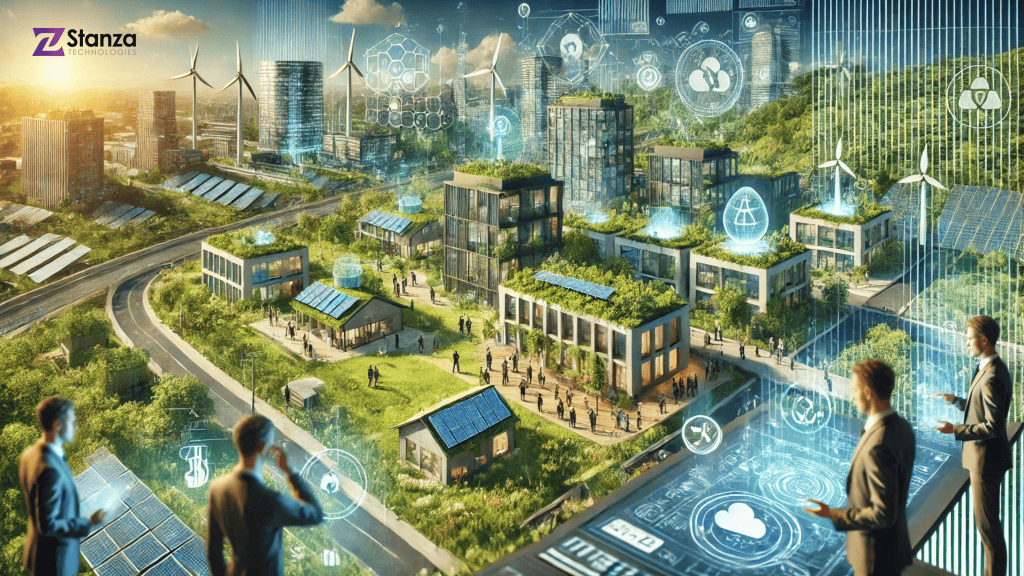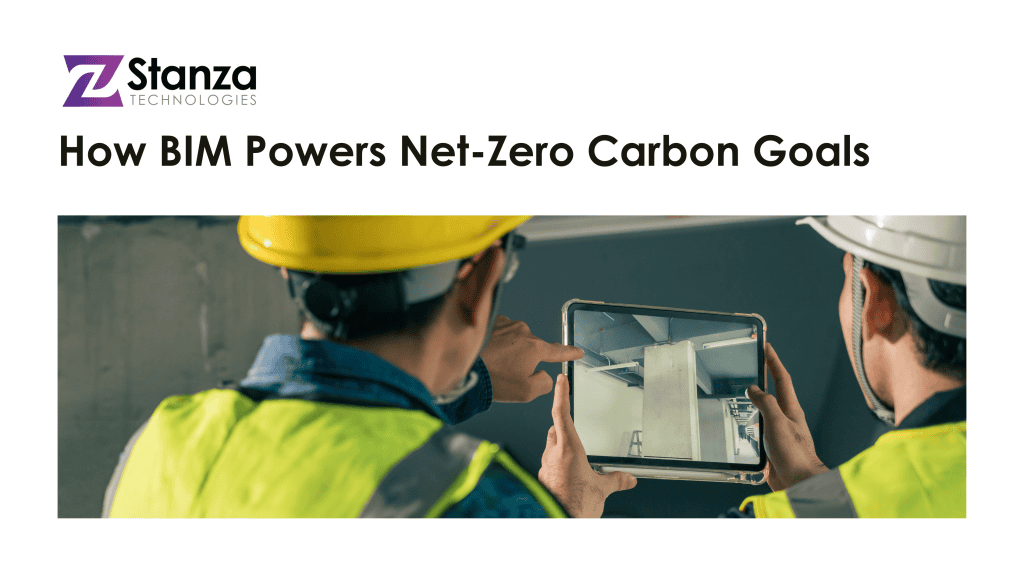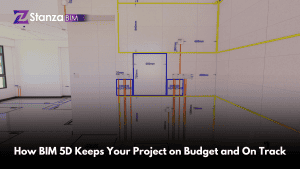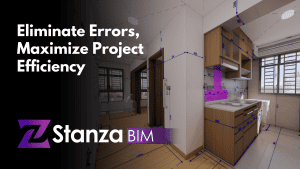The industry is under growing pressure to adapt efficient carbon accounting and methods to reach net-zero carbon emissions and satisfy the increasing sustainability requirements. Tracking carbon emissions and boosting attempts to achieve net-zero targets are made possible by producing detailed digital representations of buildings, which Building Information Modeling (BIM) provides.
Carbon accounting quantifies and monitors the carbon emissions generated during a building’s lifecycle, from the manufacture of building materials and construction to its use and final demolition. This procedure is crucial for determining where emissions can be reduced and guaranteeing that sustainability objectives are fulfilled. Technology like BIM is essential to reaching net-zero ambitions, which businesses, governments, and the building sector increasingly prioritize.
BIM enables teams to accurately track and analyze the carbon emissions associated with building projects. By integrating carbon data into the design process, BIM allows architects, engineers, and contractors to select low-carbon materials and optimize construction practices. Through detailed simulations, BIM tools can predict the embodied carbon emissions from materials and construction and the operational carbon emissions from the building’s energy usage. This data empowers different teams to make informed decisions on reducing carbon emissions, starting from the early stages of design.
BIM helps with energy modeling and performance simulations in addition to material choices. BIM can predict how a structure will behave in terms of carbon emissions and energy consumption throughout the course of its life by generating virtual models of buildings. Teams may optimize energy-efficient systems, such as HVAC, lighting, and insulation, through these simulations, which helps lower a building’s operational carbon footprint. BIM, for example, can recommend energy-saving strategies based on occupant behavior, orientation, and climate, all of which assist a project in getting closer to its net-zero objectives.

Additionally, BIM facilitates cooperation between all project participants, guaranteeing that each choice aligns with carbon reduction goals. By consolidating all data into a single model, BIM facilitates smooth communication between architects, engineers, contractors, and sustainability specialists. This unified platform makes finding the best strategies to cut carbon emissions at every step of the project, from design to building and operation, simpler.
After a facility is used, BIM remains essential to reaching net-zero objectives. Through integration with IoT devices and smart building technologies, BIM assists in real-time energy use monitoring and system adjustments to maximize energy efficiency. Continuous data collection may continuously improve carbon performance, keeping the building on course to reach its net-zero goals over its lifetime.
Besides its technical benefits, BIM is crucial for sustainability certifications like Leadership in Energy and Environmental Design (LEED) or Building Research Establishment Environmental Assessment Method (BREEAM), which require thorough carbon reporting and verification. To obtain these esteemed certifications and demonstrate a dedication to sustainability, a building’s carbon reduction initiatives can be illustrated using the data produced by BIM models.
BIM is a vital instrument in the fight to lessen the built environment’s environmental impact as the globe works toward reaching net-zero carbon targets. By streamlining carbon accounting, optimizing design and construction, and facilitating energy-efficient building operations, BIM is laying the groundwork for a more sustainable and carbon-conscious future.










